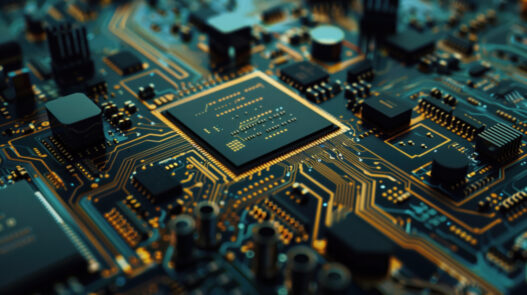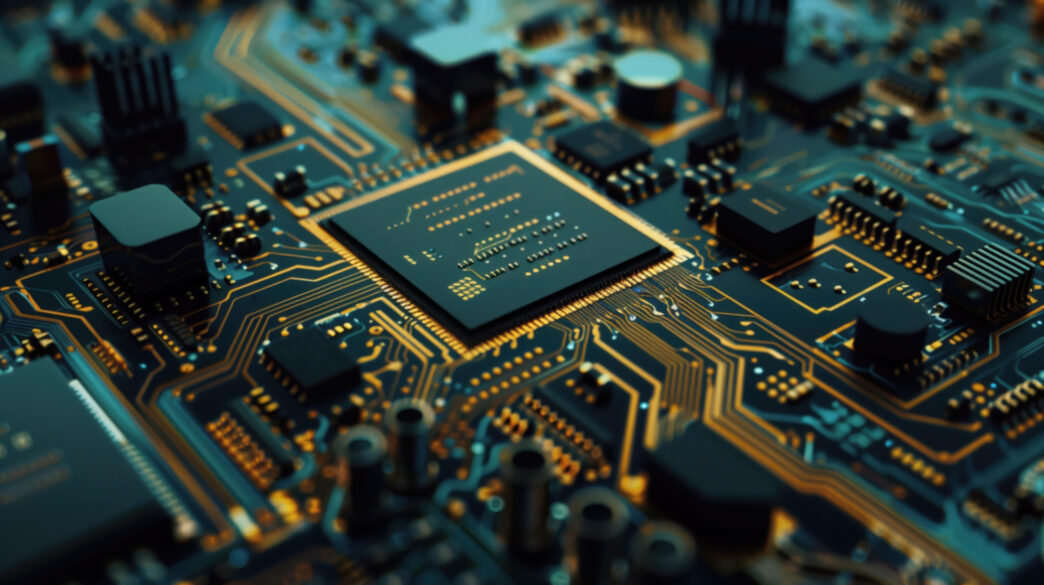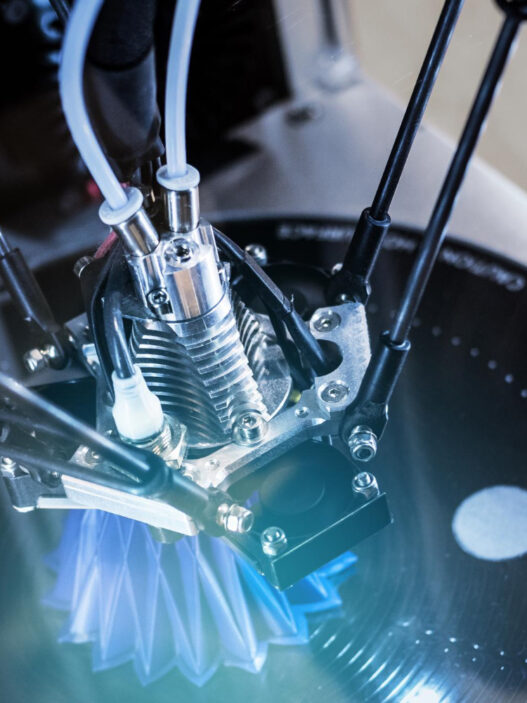Researchers at the Indian Institute of Science (IISc) in Bengaluru have announced a major advance in computing technology. In their latest work, the team built a brain-inspired memristor chip – often described as a “brain-on-a-chip” – that can store and process information in far more states than a traditional computer. The Times of India reported that this device uses a thin molecular film to hold data in an “astounding 16,500 states,” a dramatic leap beyond the simple on/off states used in regular silicon chips. This breakthrough could democratize AI by allowing complex tasks to run on everyday devices: for example, training advanced AI models like ChatGPT on a laptop or smartphone instead of a massive data center. Tech media outlets note that the team has published these findings in Nature, underscoring the scientific importance of the work.
What is Neuromorphic Computing?
Neuromorphic computing simply means building computers that work more like the human brain. Instead of processing bits in strict on/off cycles, a neuromorphic system uses analog signals that mimic neural firing and synapses. In other words, it learns and adapts like a brain rather than following fixed instructions. As one technology report explained, neuromorphic devices “are designed and modelled to mimic the structure and function of the human brain,” which lets them handle complex tasks much faster and use far less energy than conventional chips. In practice, this means combining memory and processing in the same place (like neurons do) and using circuits that can take on many intermediate states. The new IISc chip is a prime example: it uses a special material where tiny movements of molecules act like synapses, enabling thousands of different memory levels. This analog, “brain-like” approach can dramatically cut down energy use for tasks such as image or speech recognition.
The IISc Memristor Breakthrough
The core of the IISc innovation is a memristor – a kind of electrical component that can remember how much current has flowed through it, akin to a synapse’s memory. The researchers developed a novel molecular-film memristor that is key to the new chip. By carefully layering metal and organic molecules and then applying precisely-timed voltage pulses, the device can track countless tiny shifts in the material. Each unique configuration of the molecules produces a distinct electrical signal, creating what the team calls a “molecular diary” of states. In effect, instead of just two states (0 and 1), the chip can access 16,500 different conductance levels to encode information (as first reported in news coverage of the research). This hundreds-of-times expansion of memory states means the chip can pack much more information in the same physical area.
Because the chip processes and stores information together (just as neurons do), it can perform certain calculations orders of magnitude faster than a traditional processor. In particular, matrix multiplication – a basic operation at the heart of most AI algorithms – can be done in one step rather than many. To illustrate the difference: on a normal digital computer, multiplying an n×n matrix by a vector would take roughly n² steps. By contrast, the new IISc memristor can perform this operation all at once, thanks to its analog parallelism. Network World reported that in tests this approach yields an astonishing efficiency: the chip’s specialized math engine ran at about 4.1 TOPS per watt (trillions of operations per second per watt of power). In practical terms, this was about 460 times more energy-efficient than a typical Intel CPU and over 200 times better than a common Nvidia GPU, when performing the same tasks.
- One-step AI math: On the IISc chip, a core matrix multiplication happens in a single analog step instead of thousands of digital steps.
- Extreme efficiency: The new chip’s dot-product engine reaches ~4.1 TOPS/W. That translates to roughly 460× the energy efficiency of a standard Intel Xeon CPU (and 220× a midrange Nvidia GPU)
- 16,500 memory states: Its analog memristor uses a thin molecular film to achieve 16,500 distinct conductance levels. In contrast, ordinary memory devices only toggle between two levels. This analog approach dramatically increases information density.
These gains come from blending chemistry with electronics: by using chemical design (the molecular film) together with advanced circuits (fast pulsed voltages and sensitive read-out), the IISc team turned complex physics into practical technology. In short, their chip mimics the brain by combining memory and processing in one place, and by operating in a highly parallel, analog fashion.
Potential Applications and Impact
This homegrown IISc technology could have wide-ranging implications. News reports emphasized that making a truly brain-like chip can bring powerful AI to everyday devices. For example, analysts note that tasks currently limited to big data centers – like training large language models or analyzing video – could eventually run on laptops or phones. The Times of India suggested this breakthrough “democratizes” AI by enabling advanced neural-network workloads on personal gadgets.
Beyond mobile AI, the chip could revolutionize many industries that rely on heavy computation. Imagine AI-driven data crunching that is thousands of times more energy-efficient: companies in finance, tech, healthcare and more could run faster analyses at a fraction of the power cost. Early reports point out that the chip’s speed and efficiency could dramatically lower energy bills for data centers and supercomputers. In one impressive demonstration, the IISc team used the chip in a lab and recreated NASA’s famous “Pillars of Creation” space image from telescope data. They completed this complex task on a simple desktop setup in a fraction of the time and energy normally needed.
Experts also note the national significance of the work. As quoted in the media, senior researchers see this as a “homegrown” achievement that aligns with India’s push in semiconductors. By publishing in Nature and demonstrating a working prototype, the IISc group has put India on the map for next-generation AI hardware. The lead scientist has even said they aim to have a product-ready chip within a few years and plan to start a company to commercialize it. With the right investment, this could help India become a leader in the global AI and chip industry, rather than just a consumer of foreign technology.
In summary, the IISc memristor chip breakthrough combines dramatic technical advances with practical promise. It shows how a clever mix of chemistry and electronics can tame complex brain-like behavior in hardware. If these chips are successfully scaled up and manufactured, they may usher in a new era of fast, low-power AI – from smartphones that learn on the fly, to data centers that sip electricity, to robots and sensors with human-like learning. This story has been reported widely in the press (including TechXplore, The Times of India, and others) and has excited both scientists and technologists about the future of computing.
Sources: Reports by The Times of India and TechXplore on the IISc memristor breakthrough (September 2024), IISc press releases, and related media coverage.



















